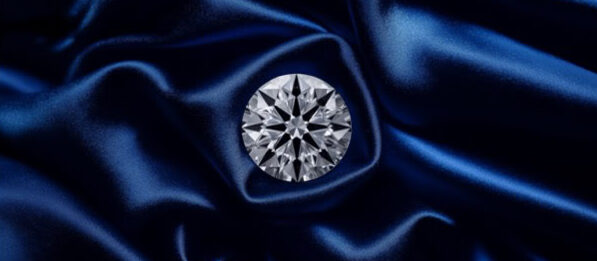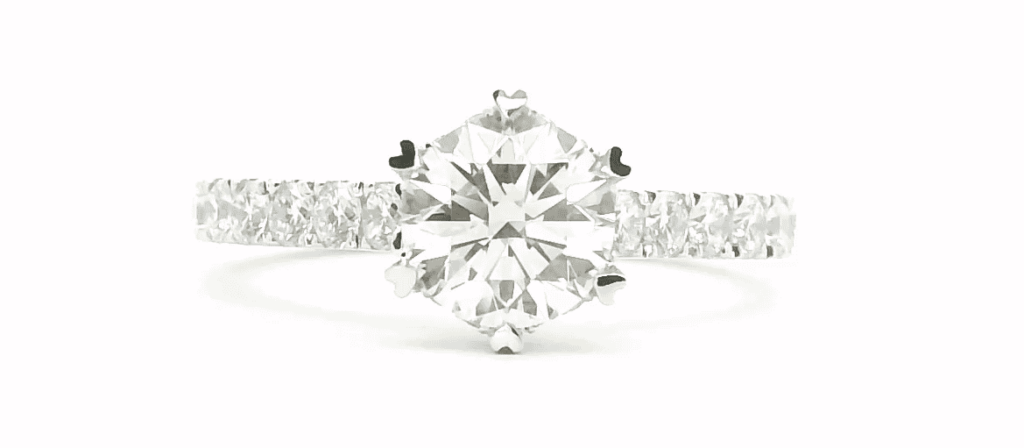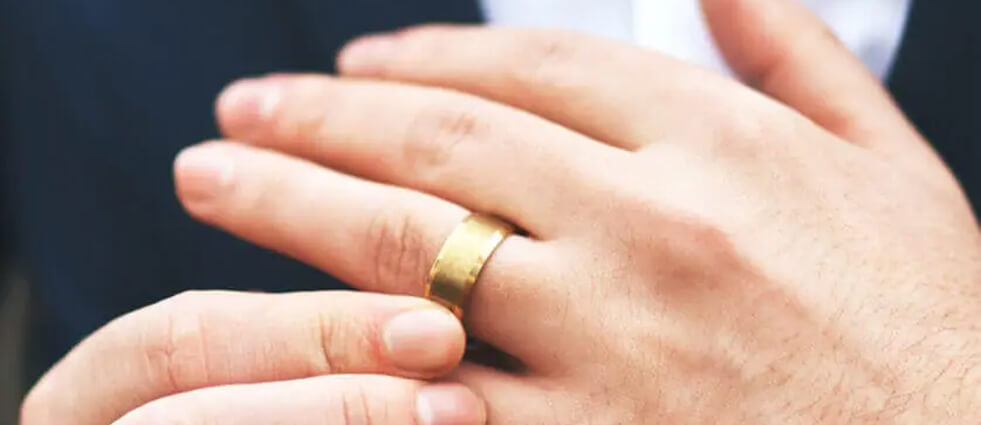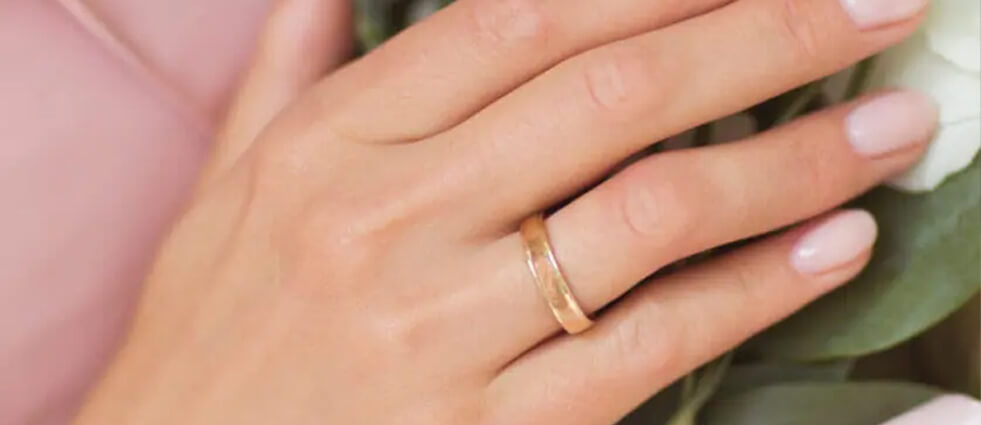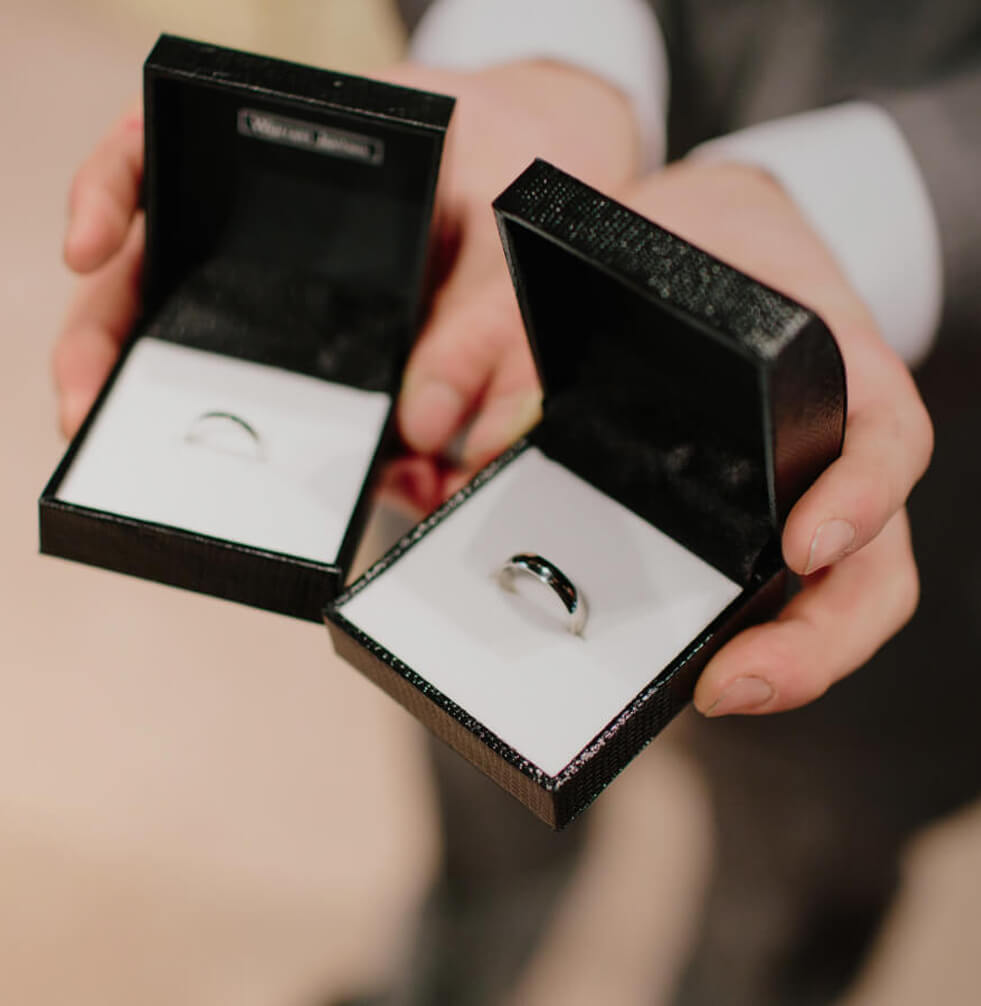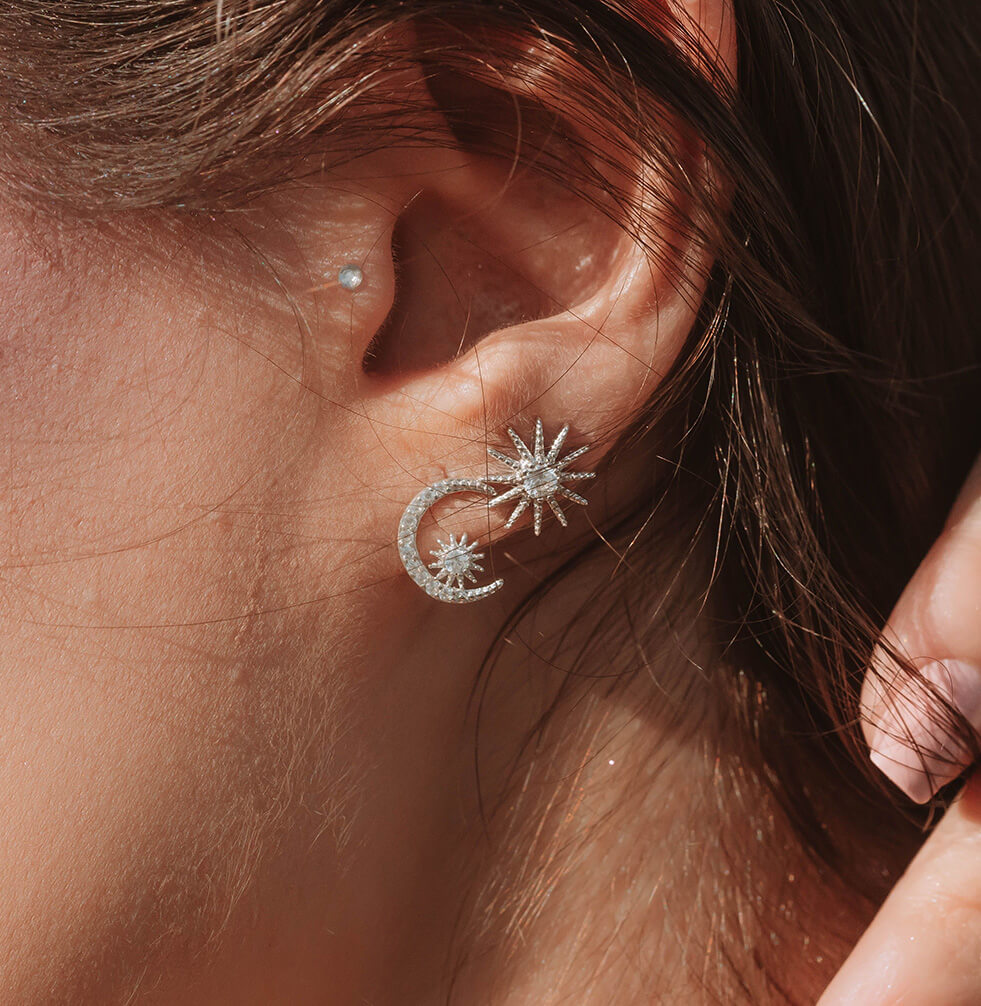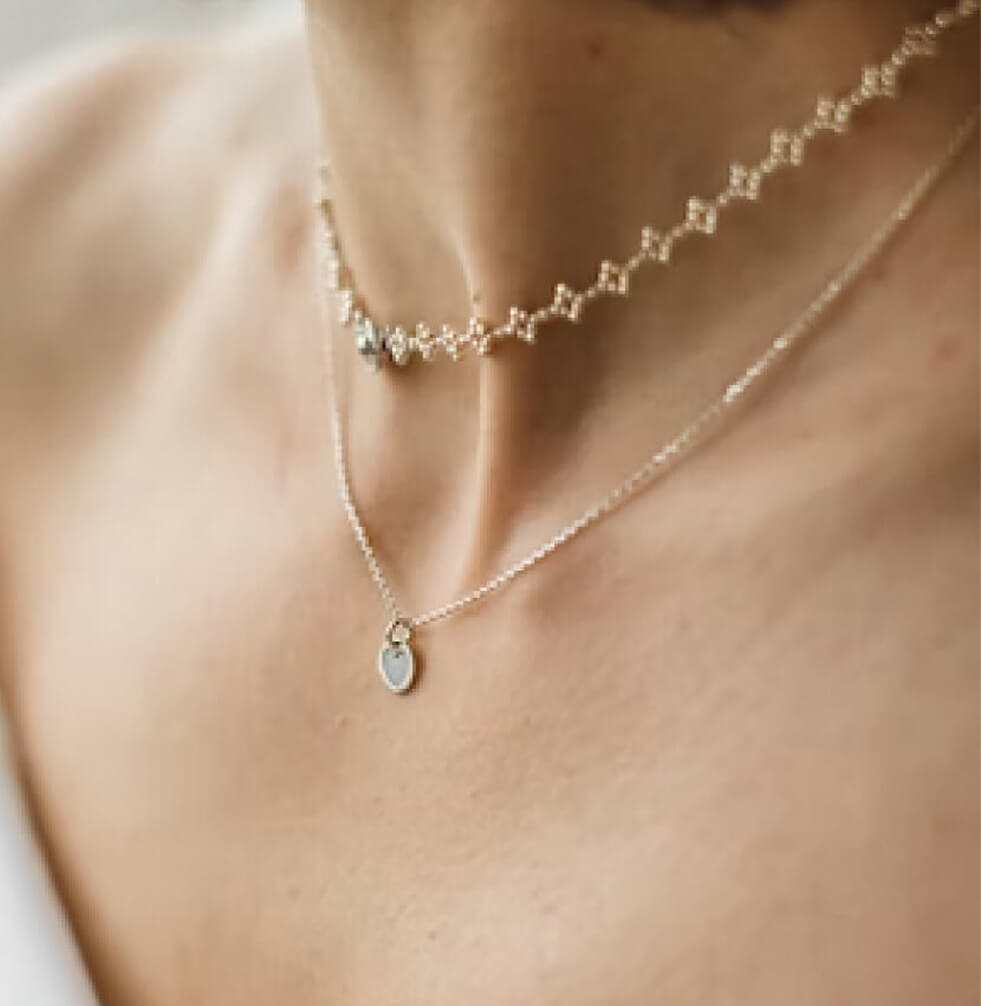Diamond Clarity for Engagement Rings
Choosing a diamond engagement ring is more than just a purchase; it’s a celebration of love and a unique expression of your connection. As you embark on this exciting journey, understanding the factors that contribute to the beauty of your chosen diamond is essential. Among these factors, diamond clarity plays a significant role in defining your ring’s overall aesthetic. In this guide, we’ll explore what clarity means, how inclusions affect a diamond’s appearance, and the intricacies of selecting the right cut based on clarity.
For a deeper dive into crafting the perfect engagement ring, check out our comprehensive guide on customising engagement rings.
Understanding Diamond Clarity
Diamond clarity refers to the presence of imperfections or inclusions within a diamond. These internal characteristics can significantly influence the stone’s beauty, brilliance, and overall value. In general, diamonds with fewer inclusions are considered more desirable because they exhibit greater clarity, allowing more light to pass through and enhance their sparkle.
When a diamond contains more inclusions, its clarity decreases. This reduction can affect the way light interacts with the stone, potentially leading to a duller appearance and less brilliance. Inclusions can manifest in various forms—such as crystals, feathers, and clouds—and their visibility can range from imperceptible to easily noticeable.
Understanding the GIA Clarity Scale
When choosing a diamond, it’s essential to understand the GIA Clarity Scale, which provides a standardized way to evaluate the clarity of diamonds. The scale ranges from Flawless to Included and is based on the visibility of inclusions and blemishes under 10x magnification. Here’s a breakdown of the grades:
- Flawless (F):
- No inclusions or blemishes visible under 10x magnification.
- These diamonds are extremely rare and highly sought after, showcasing unparalleled beauty.
- Internally Flawless (IF):
- No inclusions visible under 10x magnification, although there may be some surface blemishes.
- These diamonds offer exceptional clarity and brilliance.
- Very Very Slightly Included (VVS1 and VVS2):
- VVS1: Inclusions are very difficult to detect, even for a skilled grader.
- VVS2: Inclusions are still difficult to detect but may be more noticeable than in VVS1.
- Both grades provide excellent clarity and are ideal for those seeking high-quality diamonds without visible imperfections.
- Very Slightly Included (VS1 and VS2):
- VS1: Inclusions are minor and difficult to see with the naked eye but can be detected under magnification.
- VS2: Inclusions are noticeable under 10x magnification but are still relatively small.
- Diamonds in this range offer a good balance of clarity and value, making them a popular choice.
- Slightly Included (SI1 and SI2):
- SI1: Inclusions are noticeable under 10x magnification and may be visible to the naked eye depending on their location.
- SI2: Inclusions are more apparent and usually visible to the naked eye.
- These diamonds provide an affordable option while still retaining beauty, especially if the inclusions are strategically located.
- Included (I1, I2, and I3):
- I1: Inclusions are obvious and can affect transparency and brilliance.
- I2: Inclusions are easily noticeable and can significantly impact appearance.
- I3: Inclusions are very obvious and affect the diamond’s durability and overall appearance.
- While these diamonds are generally less expensive, they may not be the best choice for an engagement ring due to their visible flaws.
Finding the Right Clarity for You
When selecting a diamond, it’s crucial to find a balance between clarity and your personal preferences. While higher clarity grades tend to exhibit more brilliance and sparkle, a slightly lower clarity grade can still result in a stunning diamond, especially if the inclusions are not easily noticeable. Consider your budget and the specific design of the engagement ring as you navigate the options. Understanding the GIA Clarity Scale empowers you to make an informed decision that reflects your unique style and love story.
The Impact of Inclusions on Clarity
Inclusions can manifest in various forms, such as:
- Crystals: Tiny mineral deposits trapped within the diamond.
- Feathers: Small cracks that resemble feathers, which can affect clarity.
- Clouds: A group of tiny crystals that create a hazy appearance.
The visibility of these inclusions can range from imperceptible to easily noticeable, significantly impacting the diamond’s overall aesthetic appeal.
- Fewer Inclusions: Diamonds with minimal or no inclusions are often seen as more beautiful and are typically more valuable. They allow for better light reflection, resulting in a stunning sparkle.
- More Inclusions: As the number of inclusions increases, the clarity of the diamond decreases. This can lead to a hazy or dull appearance, diminishing the overall aesthetic appeal of the stone.
The Formation of Diamonds and Inclusions
Diamonds form deep within the Earth’s mantle under extreme heat and pressure over millions of years. During this natural process, various elements can become trapped, leading to inclusions. This fascinating journey not only contributes to the diamond’s unique story but also affects its beauty.
Balancing Clarity and Value
When selecting a diamond, it’s essential to find a balance between clarity and your budget. While a higher clarity rating generally results in a more visually appealing diamond, it’s also important to consider personal preferences and the specific design of the engagement ring.
Understanding how inclusions affect clarity can help you make a more informed decision, ensuring that the diamond you choose beautifully reflects your unique style and love story.
Selecting Diamond Cuts Based on Clarity
When choosing a diamond, the cut significantly impacts how inclusions are perceived. Different cuts can either highlight or conceal inclusions, affecting the diamond’s overall appearance.
For instance, consider the emerald cut and the round cut as examples of two ends of the spectrum:
Emerald Cuts
Emerald cuts
feature a rectangular shape with large, open facets that emphasise clarity. Due to this design, inclusions can be more visible, making it crucial to choose a high-clarity diamond if you’re considering this cut. The elegance of an emerald cut can showcase the diamond’s natural beauty, but any inclusions will be apparent.
Round Cuts
Round diamonds, on the other hand, are renowned for their brilliance and sparkle. With numerous facets reflecting light in various directions, inclusions can be effectively concealed. This makes round cuts a popular choice for those who want a dazzling diamond without focusing on inclusions. The balance of beauty and brilliance often sways couples towards this classic cut.
Reflecting Your Unique Love Story
Choosing between different diamond cuts is more than just a technical decision; it carries profound meaning for the couple. Each choice must be thoughtfully considered, as it reflects their values, preferences, and unique love story.
For instance, couples may gravitate towards the emerald cut for its sophisticated elegance, which symbolises clarity and transparency in their relationship. This choice speaks to their desire for authenticity and depth. On the other hand, a round cut may resonate with those who cherish tradition and appreciate a vibrant display of brilliance, reflecting the dynamic nature of their love.
This decision-making process is significant because it encapsulates the couple’s journey together. By carefully weighing their options, they create a ring that not only enhances their beauty but also serves as a lasting representation of their shared experiences and aspirations. The chosen cut becomes a testament to their story—each facet a reminder of the love and commitment they share.
The Intricacies of the Cutting Process
The cutting process of a diamond is a highly skilled art form that involves careful planning and precision. Each cut is tailored to maximise the diamond’s beauty while considering clarity, symmetry, and polish. A diamond cutter must make intricate decisions about how to shape the rough diamond, balancing the desire for an excellent cut with the need to preserve clarity and carat weight.
The Trade-offs of an Excellent Cut
For instance, achieving an exceptional cut often requires sacrificing some material from the diamond, which can impact its overall carat size. This delicate balance reflects not only the cutter’s expertise but also the preferences of the couple selecting the diamond. By understanding how different cuts can showcase a diamond’s unique characteristics, couples can better articulate their vision of beauty and personal style.
Shared Decision-Making Process
The decision-making process for the cutter is fascinating; it echoes the journey couples undergo when choosing their engagement ring. Both the cutter and the couple must weigh their priorities—whether that’s brilliance, size, or clarity—to find the perfect balance.
Learn More About the Cutting Process
For those interested in the intricate details of the cutting process, we invite you to explore our specific article on understanding diamond cuts. Additionally, if you want to learn more about how carat size affects your diamond choice, check out our article on understanding diamond carats.
Conclusion
Choosing the right diamond engagement ring is a deeply personal journey that reflects your love story. As you navigate through the various factors of diamonds, including clarity, remember that beauty comes in many forms. Whether you’re looking for a stunning diamond without breaking the bank or seeking to understand what the best diamond is for your engagement ring, we’re here to help.
Whether you’re looking for a beautiful diamond without breaking the bank or seeking to understand the best options for your engagement ring, we are here to help. Discover our article on how we ensure affordable ring customisations to learn how we achieve stunning custom designs without compromising on quality.
If you’re ready to delve deeper into what makes the perfect diamond, don’t hesitate to reach out to our expert jewellers.

